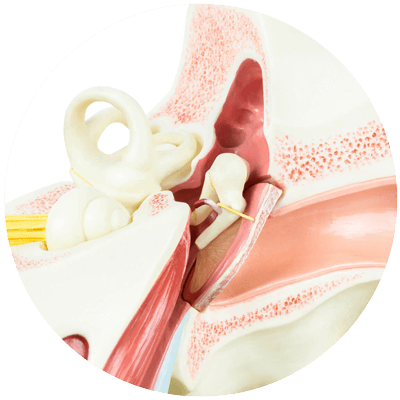Understanding Listening – Not an easy task!
Hearing vs Listening
Hearing works 24 hours a day, 7 days a week from 18 weeks until death. You can’t turn it off, which is why smoke alarms need to make a noise. Listening is quite optional, it’s what you do with what you hear. As an adult, do you ever have ‘selective hearing’ when your partner is talking. How often does your child fail to respond when you ask them to get ready every morning?

Understanding Listening
You might think that your ears, eyes and balance systems work independently – and that they operate separately from one another. This couldn’t be farther from the truth. Each of these three systems talks to and receives information from the other two systems.
The elaborate communication between these major senses must be coordinated smoothly and efficiently if you wish to make sense of the moment, such as understanding what you are reading right now. This communication is achieved through what is called an integrated system: auditory, visual and vestibular (balance).
In the following we will explain how you experience your world through your hearing and balance and how they communicate with the brain and with the organs of your body. Join us on an incredible journey …
Understanding Hearing
At first glance your ears are simply to allow you to hear. This collection and processing of sound without distortion is an important function. However your ears also allow you to discriminate pitch (higher vs lower frequencies). This allows you identify the key parts of a conversation and to identify a question from a statement.
So what are your ears for?
Ears allow you to identify where sounds come from. They also allow you to focus on those sounds you want to hear and tune out from those that are less important. Recent research (Sininger, 2004) has confirmed that the ears have slightly different functions; the right is optimised for speech and language while the left is optimised for music.
Your ears collect sounds, which provide important stimulation for the brain. They integrate sensory information from muscle movement. An example of this is when your eyes automatically move towards an unexpected sound. Your ears also allow you to establish and maintain good balance/equilibrium they allow you to control your voice and develop your musical ability.

Relay stations to the brain
The vestibular (semicircular canals) and cochlear systems, located in the inner ear, work together to relay sensory input to the brain. They play a key role in our ability to integrate our senses, and their successful interaction is essential for language development, sensory processing and motor function.
More specifically, once sound arrives at the brain stem from the cochlea, the special centre in the inner ear where sound is transduced to nerve impulses, it passes upwards towards the speech centre in the cortex via a number of relay stations or nuclei. Learn more about the listening brain.
How can listening therapy help?
The specially treated music has been designed by iLs to influence the function of the ear drum and adjacent bone, as well as improve the processing that occurs at these relay stations. So, for instance, there is an improvement in the ability to perceive where sound is coming from, thereby making it possible to perform tasks requiring convergence of information from both ears (the cochlea nucleus).
Our programs are also designed to help normalise:
- Hearing sensitivity
- Blood flow to the auditory system
- Right receptive dominance

